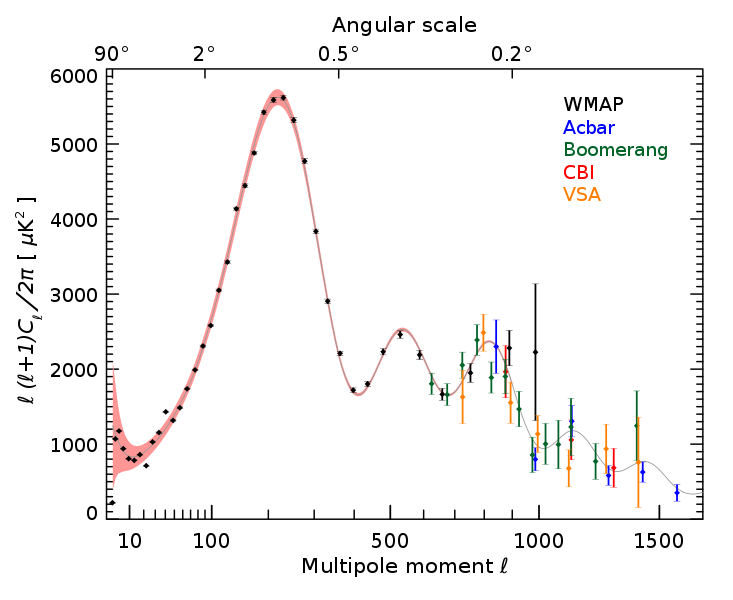Ben Masada
Well-Known Member
- Messages
- 999
- Reaction score
- 3
- Points
- 0
Einstein believed in a Block Universe (there is no such thing as a flow of time, all times co-exist here and now), in absolute locality (ther can be no action at a distance, there must be some kind of matter/energy exchange to explain a force), and absolute determinism (if one knows everything there is at time A, everything at time B is determined).
Quantum contradicts all three (at least to the majority of quantum physicists). We have events linked in time (see "retrocausality"), and nonlocal (see "EPR Paradox" and "Bell's Theorum"), and indeterminate (not because we lack information, but because we cannot know, see "uncertainty principle").
Einstein could not and would not wrap his head around these ideas. I believe because they did not fit into his rather conventional world view of creation as a product of a personal creator G!d. That concept of G!d just is invalid according to quantum. "Yes, Albert, G!d does play dice with the universe".
See, not even G!d/dress can know beforehand what a quantum measurement will be. Like us, H! cannot determine beforehand because the event is not causally determined--something happens, but exactly what is not predictable. Also, two particles can be so intertwined (say they are products of the same event going in opposite directions, see "Aspect Experiment") that a million years later, two million light years apart (a light year is a measure of distance) an experiment on one will instantaneously determine the characteristics of the other. Since all particles were at one time so closely intertwined they occupied the same space (this is the Big Bang), there is the possibility of unknown quantum events in our world due to another intelligence making a simple quantum measurement.
The only way around all of this is what is called "Many Worlds Theory" or "Multiverses", which a lot of physicists write about, but very few actually believe (based on questionnaires handed out at quantum physics meetings). For me, those interpretations are just too wierd, too big. I can work out the numbers, but it amount to there being a google or so universes and a googleplex (look them up) of quantum events happening each instant.
He rejected quantum because it did not fit in with his world-view. Quantum is the most verified and tested of all theories (there are many many more tests of the quantum than relativity). That is why his Theory of Everything just could not work. If a TOE is possible the likely unification path is via either quantum loop gravity or some form of string theory. Since the latter may never be provable or disprovable (the tests require energies equivalent to the output of the sun for a year or so, or some such huge amount or a collider the size of the Milky Way), I bet on qlg.
Enough to begin the conversation?
Not really. If quantum is the most verified and tested of all theories, how could it be that the one who could know much better than you and me, did not find any sense in it, because it could not fit with his world view? That's a pill a little hard to swallow. But than again, I have met some atheists who dislike Einstein for his views that God is possible; albeit not a personal God.
Ben


